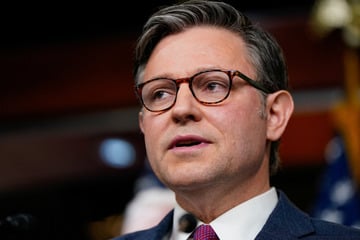January 6 hearing witness: Trump claims could have started "civil war"
Washington DC - Donald Trump summoned supporters to Washington to pressure Congress to overturn the 2020 election results, a move far-right extremists saw as a cue to attack the Capitol on January 6, 2021, the House committee investigating the insurrection argued in Tuesday’s hearing.
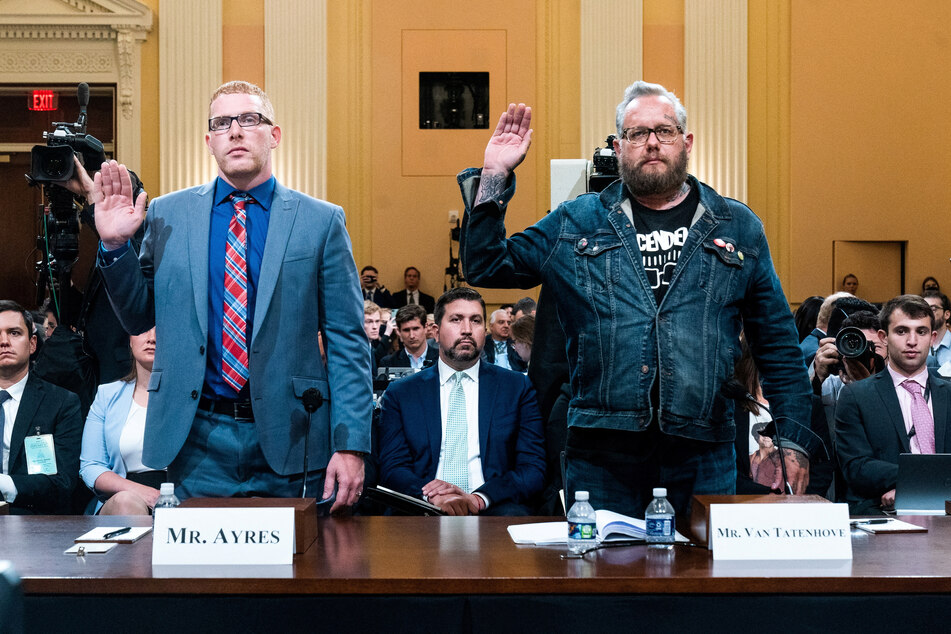
Members of the panel used the seventh public hearing to cover an extended timeline from the Electoral College’s December 14, 2020, meeting to affirm Joe Biden’s win until January 6, 2021, when the electoral vote count in Congress was interrupted by the attack on the Capitol.
The committee presented evidence and testimony on the preparations for the insurrection by extremist groups such as the Proud Boys and Oath Keepers, whose members have since been charged with sedition.
"What we established is that (Trump) participated knowing that the election was not fraudulent, that it was not stolen, and he helped orchestrate what occurred on January 6," Chair Bennie Thompson told reporters.
Stephanie Murphy and Jamie Raskin led the questioning of witnesses Jason Van Tatenhove, a former spokesperson for the Oath Keepers, and Stephen Ayres, a rioter who pleaded guilty to entering the Capitol building and told the committee that he only went there because Trump urged his supporters to do so in his speech.
"It was going to be an armed revolution," Van Tatenhove said of the violence on January 6. "People died that day. ... There was a gallows that was set up. ... This could have been the spark that started a new civil war."
Trump rallies his forces
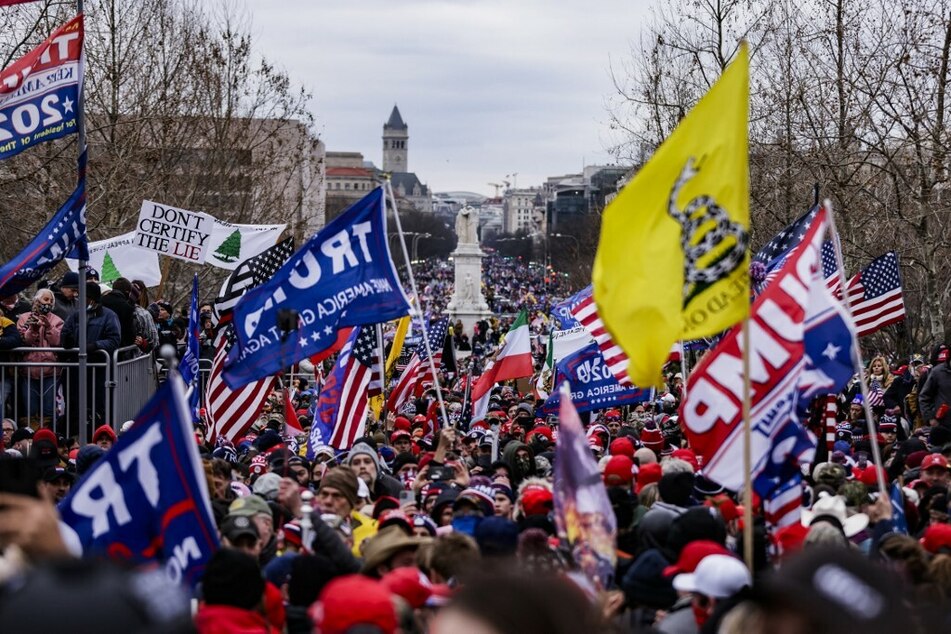
The panel discussed a contentious December 18, 2020, White House meeting in which the president’s allies tried to persuade him to sign an executive order to seize voting machines and appoint a special counsel to investigate fraud allegations.
Raskin said Trump heard White House counsel rip apart his election fraud claims in the approximately six-hour meeting, but still continued to publicly say that the election was stolen.
In the early hours of December 19, shortly after the group left the White House, Trump tweeted, "Big protest in D.C. on January 6th. Be there, will be wild!"
The tweet "electrified and galvanized his supporters, especially the dangerous extremists in the Oath Keepers, the Proud Boys and other racist and white nationalist groups spoiling for a fight against the government," Raskin said.
At the hearing, the committee showed video of far-right social media personalities talking about occupying Washington and storming the Capitol, and social media posts calling for violence.
"The former president was for seemingly the first time speaking directly to extremist groups," a Twitter employee granted anonymity by the committee testified of Trump’s tweets calling for people to attend his January 6 rally.
Twitter employee sounds the alarm
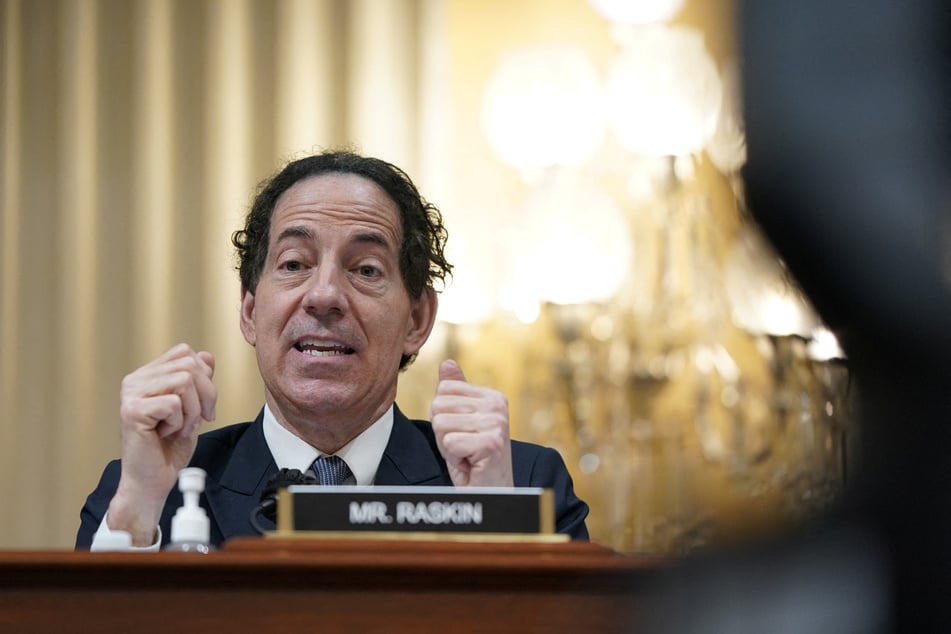
Extremist groups started aligning immediately after Trump’s tweet, Raskin said, referencing evidence such as an encrypted chat that included leaders of the Proud Boys and Oath Keepers as well as Republican operative Roger Stone, who revealed they were intent on hyping up pro-Trump events in November and December 2020, as well as the January 6 rally.
The committee also laid out the relationship between Trump allies and the extremist groups. Former national security adviser Michael Flynn was a major player in the attempt to find evidence of fraud after the election and was escorted on January 6 by a security detail made up of members of the Oath Keepers, several of whom have been charged with entering the Capitol. Stone had a longstanding relationship with the Proud Boys and helped raise money to put on rallies around January 6.
Kellye SoRelle, an attorney for the Oath Keepers, told the committee that as January 6 developed, Stone and far-right conspiracy theorists Ali Alexander and Alex Jones "became the center point for everything."
The former Twitter employee said social media traffic on January 5 indicated that violence was likely on January 6. The employee said they worried people would die.
"For months I had been begging and anticipating and attempting to raise the reality that if we made no intervention into what I saw occurring, people were going to die, and on January 5th I realized that no intervention was coming," the person testified.
Trump rally-goer speaks out
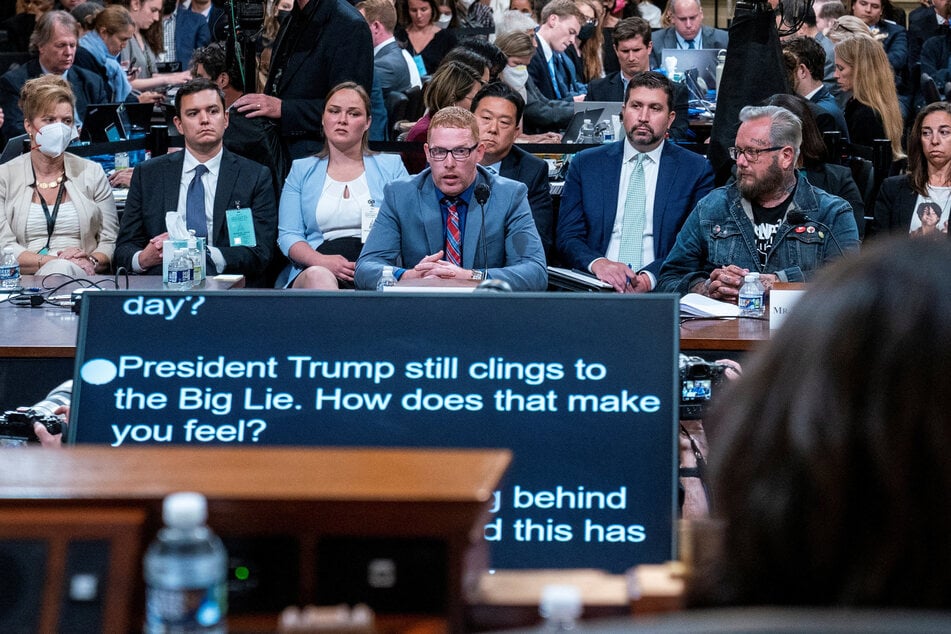
Murphy also played audio from a Republican conference meeting the night of January 5, in which Arizona Rep. Debbie Lesko asked what security was in place for the next day.
"We also have, quite honestly, Trump supporters who actually believe that we are going to overturn the election and when that doesn’t happen, most likely will not happen, they’re going to go nuts," Lesko said.
Ayres, who was among the crowd but not part of an extremist group, said when Trump promoted the rally, he felt like he had to go to Washington to see the speech, but he never intended to go to the Capitol until Trump told his supporters to go. Ayres said the crowd thought Trump was going to go with them.
"We didn’t actually plan to go down there," Ayres said. "Basically the president got everybody riled up and told everybody to head down."
Ayers said he left the Capitol when Trump tweeted at 4:17 PM urging rioters to go home and said if Trump had tweeted earlier in the day the riot may not have happened.
"It definitely dispersed part of the crowd," Ayres said. "We left right when that came out."
Ayres said he trusted what Trump said after the election, a decision that led to criminal charges and resulted in the loss of his job and his home. He’s now taken the "horse blinders" off, he said.
"I was hanging on every word he was saying," Ayres said.
The committee’s final hearing, expected to occur next week, will focus on what was happening inside the Capitol during the riot, a time during which Trump made no public statements about the violence and did not speak with national security officials.
Cover photo: REUTERS

